The rise of experiential retail: how brands are shifting towards creating in-store experiences
The retail industry is continuing to grow at lightning pace, with e-commerce sales alone expected to smash past $8.148 trillion in 2026. More money in the market means more competition, and businesses have to bring in innovative new methods to stay relevant.
One of the most recent trends in the retail scene has been the rise of experiential retail. Now, there’s a much greater focus on immersing customers in the brand and forging a strong connection with them.
Why it’s important to evolve with the times
As society moves forward and technology progresses, it’s crucial for brands to ensure they are evolving with the times. There have been various horror stories over the years of businesses failing to adapt, with Blockbuster being one of the most famous examples.
Certain brands set a precedent for others to follow, constantly seeking ways to integrate new technology when it emerges. For example, Apple has always been at the cutting-edge of new platforms, jumping into the MP3 and smartphone trends early.
It happens with games as well, with Rainbow Riches Megaways the latest iteration of a game that’s been around for decades. Indeed, the colorful classic was a physical machine before it was adapted for the online casino industry. This recent version brought in the Megaways engine, as the mechanic recently became one of the most popular ways to play slot games.
Retailers can learn from these examples and think about ways that they can evolve in the same way. With experiential retail on the rise, it could be wise to jump on this craze now.
The evolution of retail: from transactions to experiences
In the past, traditional retail was mainly built around the transaction. After all, more sales equals more money for the business.
Now, though, with physical stores competing with online retail giants, many companies have had to rethink their value proposition. Instead of simply offering a place to purchase products, they now need to provide an experience that can resonate with customers on an emotional level.
These experiences can differ from place to place, but they often involve various interactive ways to connect with a brand. For instance, there may be digital elements in store that allow customers to try out different combinations of clothing to see what they look like.
Leading examples of experiential retail
Some of the biggest brands in the world are leading the way with experiential retail and inspiring others to jump on the trend.
Nike’s House of Innovation in New York City is an excellent example, and customers go there to get immersed in the iconic brand. There are various interactive elements including a customisation bar that uses augmented reality to show how products will look in different settings.
Starbucks has also offered customers some great experiential retail options in its Reserve Roasteries. These multi-level spaces give visitors a chance to see the process behind coffee making, where they can watch beans being roasted and examine diverse brewing methods.
For brands looking to make more of an impact on customers in their real-world settings, going down the path of experiential retail could be the best way to success.
It has worked for some of the biggest brands in the world, helping them develop a stronger connection with their customers.










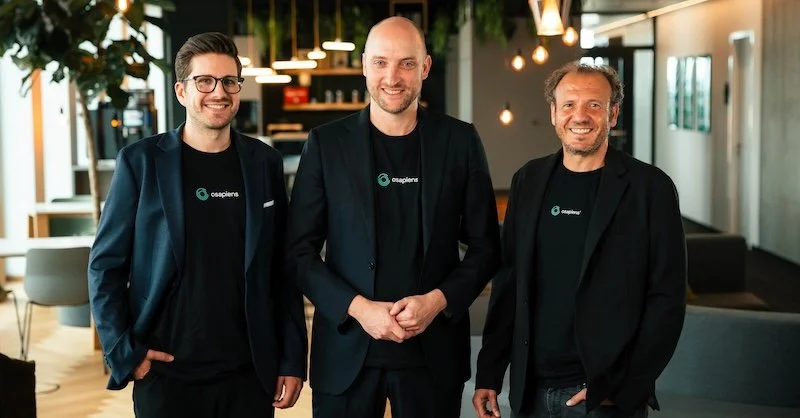





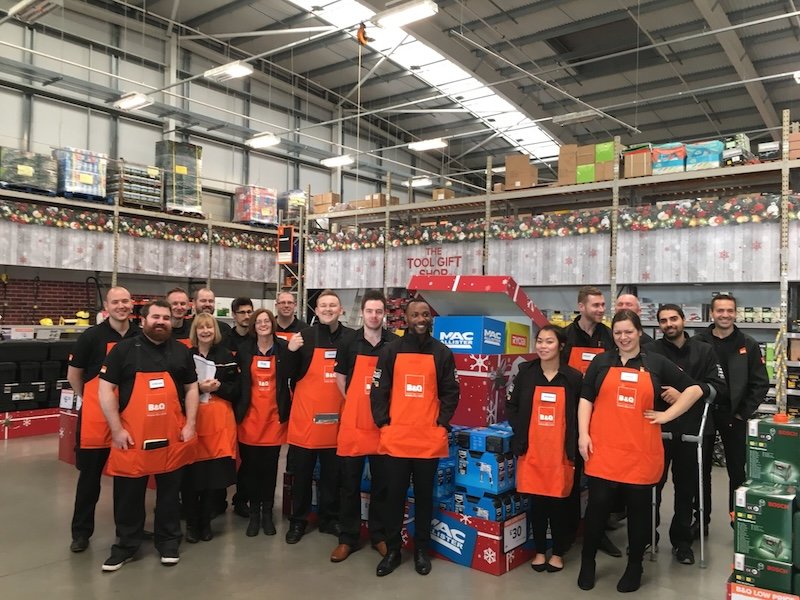
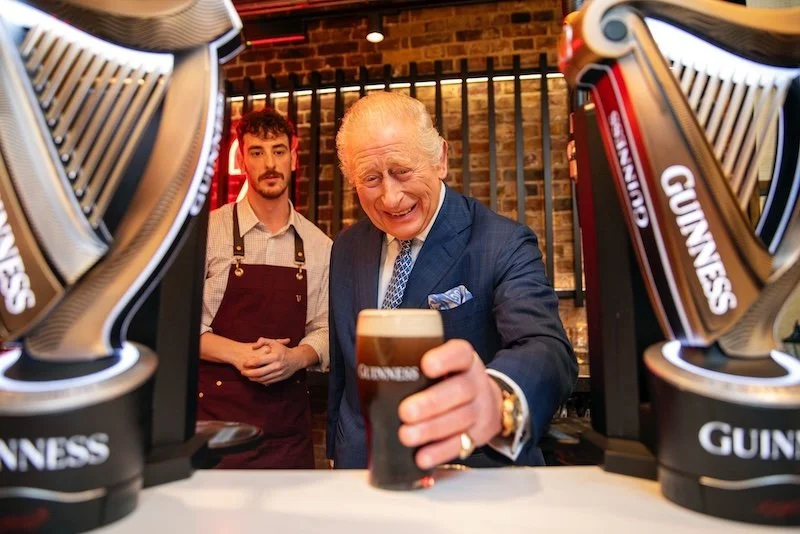
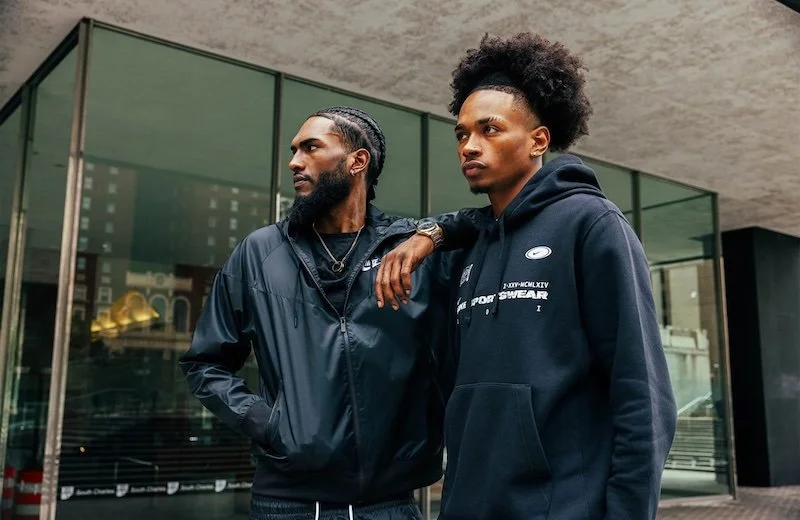





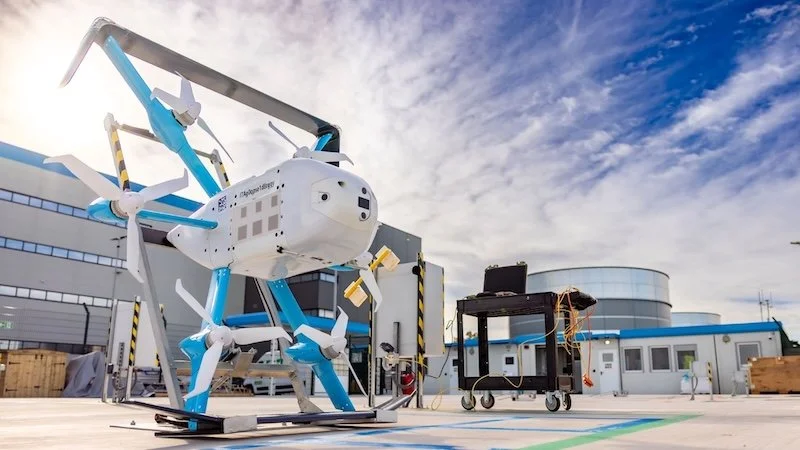





Continue reading…